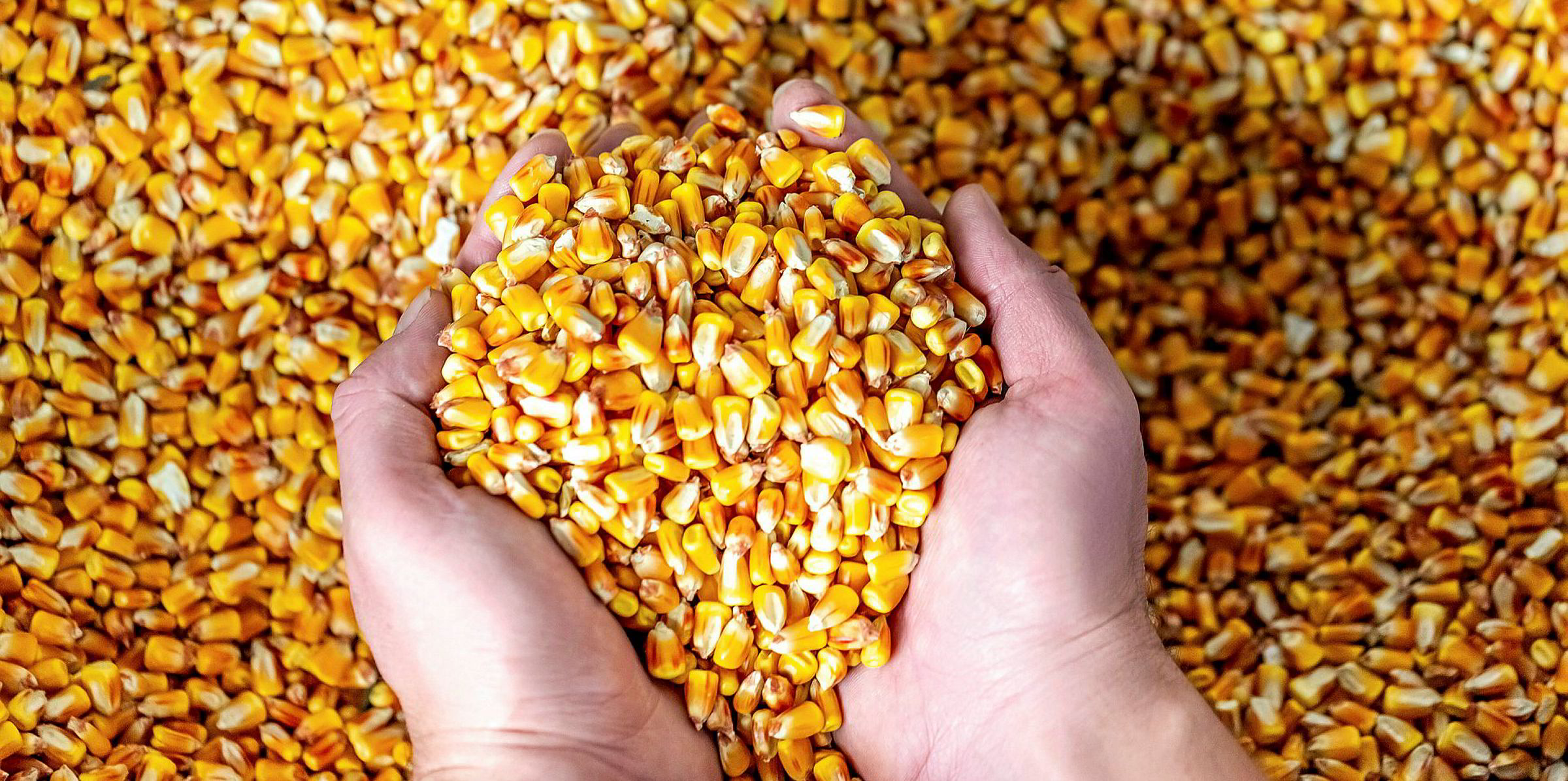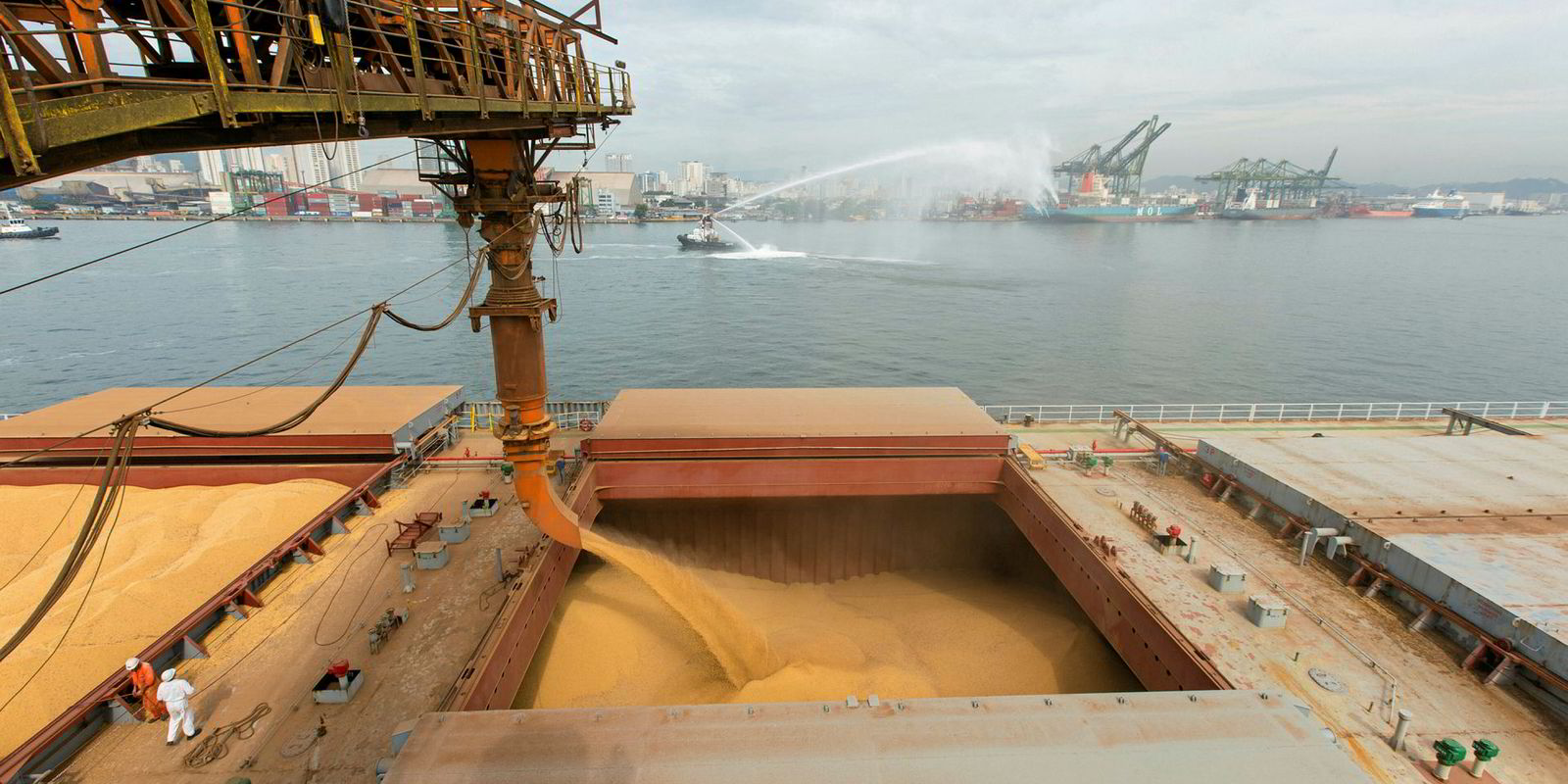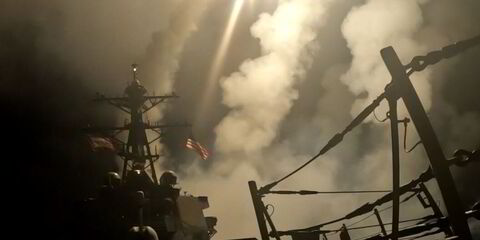Cofco International has been studying LNG and other types of clean energy as fuel options for the tonnage under its control as a result of tightening environmental regulations,
Head of freight Alessio La Rosa told TradeWinds that the international trading arm of Chinese state-owned food giant Cofco Corp is looking at “frontline alternative” marine energy, such as wind power and electricity.
However, Geneva-based Cofco International has put most of its focus on LNG-fuelled tonnage even though it has shied away from making any firm commitment so far.
“At the moment, we are looking at LNG. It has not worked out, [but] we keep looking out,” La Rosa said.
The Chinese government has been a strong supporter of gas as an energy source, and some state-owned financiers — such as ICBC Financial Leasing — have shown interest in LNG-fuelled newbuilding projects.
“We are looking with Chinese banks to locate the projects. We are still at an early stage,” said La Rosa, declining to identify them.
BHP, Rio Tinto and Fortescue Metals, along with some shipowners and technological partners, have been developing LNG-fuelled newcastlemaxes and VLOCs to ship coal and iron ore from Australia to China.
Cofco International generally charters panamax and supramax bulkers, whose trading routes are much more diverse, so La Rosa admitted it would be “much more difficult” for the company to find bunkering points for LNG.
LNG bunkering capacity has remained limited globally by the lack of infrastructure
He anticipates that Cofco International’s LNG-fuelled vessels — if they materialise — will mainly ship grains from the east coast of South America to China, a set route where bunkering facilities can be developed easily.
The company can operate modern tonnage at slow speed on other routes to reduce greenhouse gas emissions (GHG), according to La Rosa.
IMO 2020, 2030 and 2050
For the IMO 2020 rules, Cofco International plans to adopt scrubber technology and use 0.5%-sulphur fuels, although LNG can also be one of the options.
Moreover, with the IMO setting ambitious emissions goals for 2030 and 2050, the company has started to track carbon emissions from its time-chartered-in fleet of about 50 bulkers.
Other than chartering-in vessels with low emissions, Cofco International is also optimising sailing speeds and adopting artificial intelligence to predict vessel positions and improve operational and energy efficiency, according to the company.
Several GHG reduction measures, including mandatory slow steaming and vessel emission indices, have been proposed at the IMO to meet the future emission targets.
La Rosa thinks the best way would be to increase scrapping of elderly tonnage, whose emissions tend to be high, but he admitted this could be hard to mandated on a large scale in the highly fragmented bulker market.
“It’s not an easy problem to solve,” he said.
As for mandatory slow steaming, La Rosa said Cofco International takes a neutral stance.
According to La Rosa, ship operators tend to increase sailing speeds whenever there is a market recovery, which effectively releases more capacity back into trading and curbs upside for rates. Slow steaming would, therefore, push up freight rates, he said.
“Owners are trying to take advantage of the situation to improve market conditions,” La Rosa said.
Cofco International, one of the world’s largest charterers, ships 50 million tonnes per year. Of that volume, 80% is in-house grain business, for which lower charter rates may enhance trading margins.
But the rest is for third-party cargoes — in this part of the business, Cofco International could benefit from stronger freight markets.
“Losing an option [to raise speed] is normally not good from a charterer’s perspective”, as some cargoes need to reach their destinations as soon as possible, according to La Rosa.
“[But] we don’t have strong opinions either way.”(Copyright)







